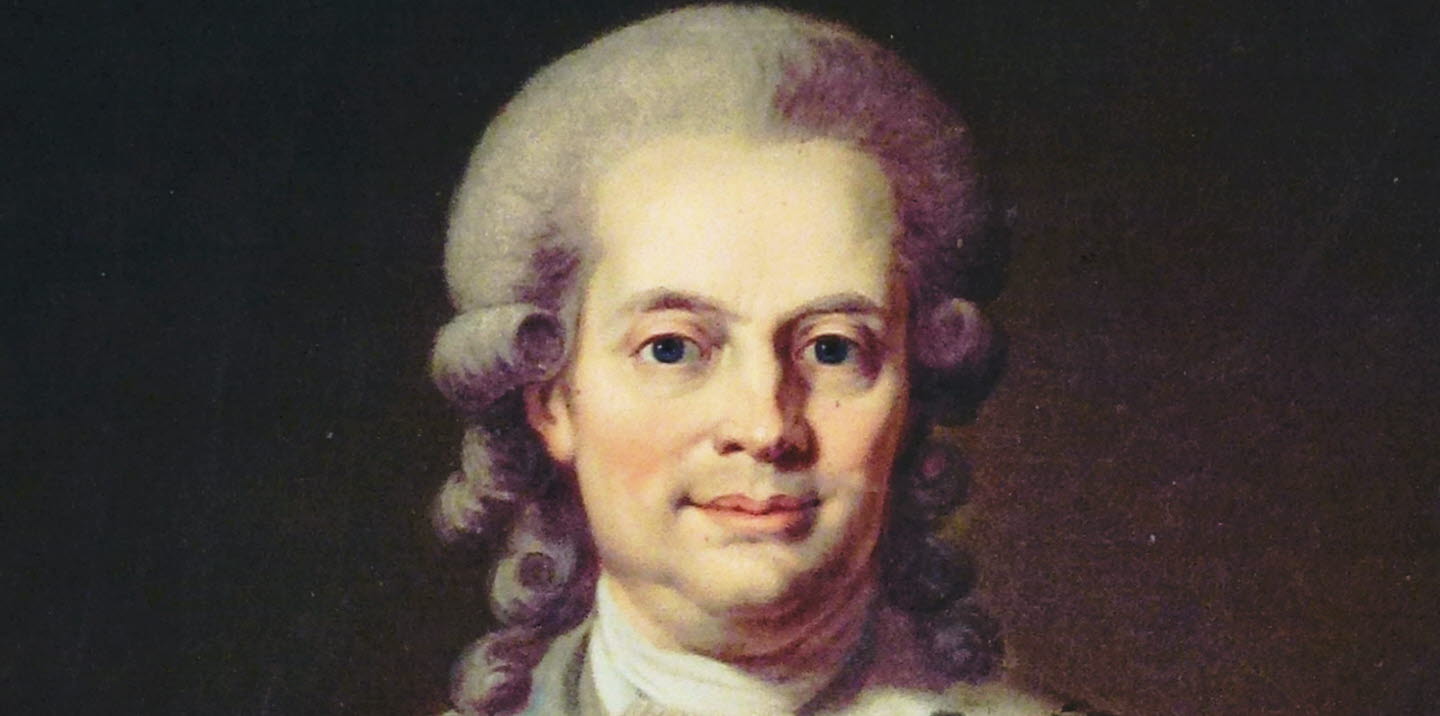1776 - Many types of coin become one

In the 18th century, there were many different coins and counterfeits were common. Consequently, Johan Liljencrantz, Minister of Finance under Gustav III, carried out a coin reform so that only one coin, the riksdaler, was left. At the same time, the value of money was stabilised.
Prior to the coin reform, Swedish coins consisted of ducats, riksdaler specie, riksdaler hamburger banco, daler silver coins, daler copper coins, daler carolin and daler courant. The riksdaler, divided into 48 shillings, now became the only coin in the realm. However, it took a long time before the new coinage system became accepted by the public.
At the same time, the value of money was stabilised when Sweden, after decades of disagreement over how to achieve this, returned to the silver standard. The coin reform meant that the Riksbank’s banknotes could again be redeemed against silver at a predetermined value.
The transition to the silver standard actually started in 1766 and, in this year, a record amount of silver riksdaler were minted to see through the changeover. More specifically, 1,460,756 coins were struck. However, the reform was not formally implemented until 1 January 1777.
